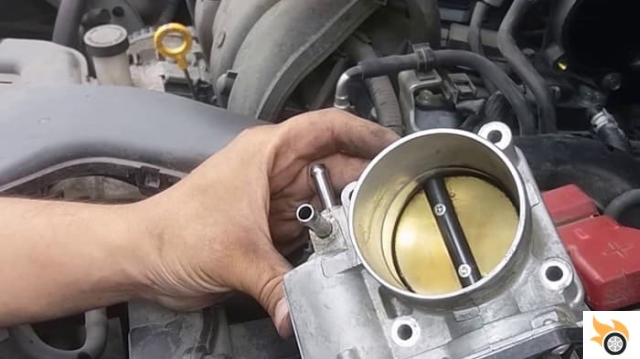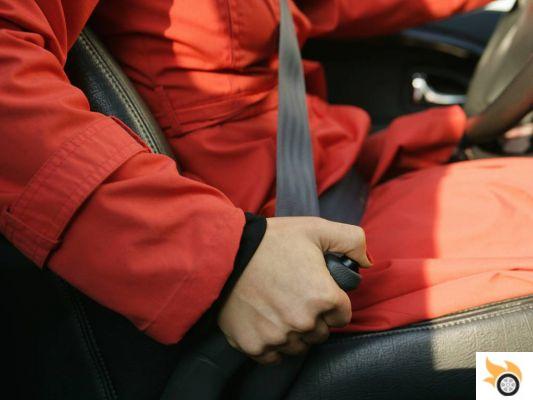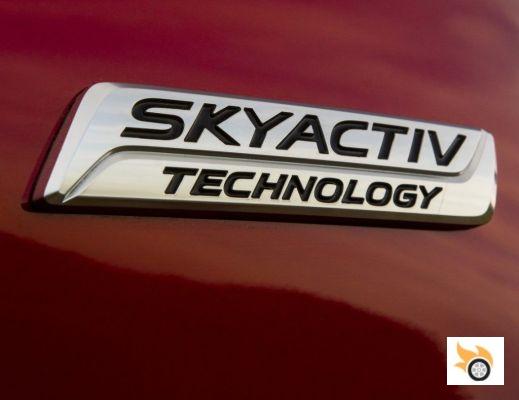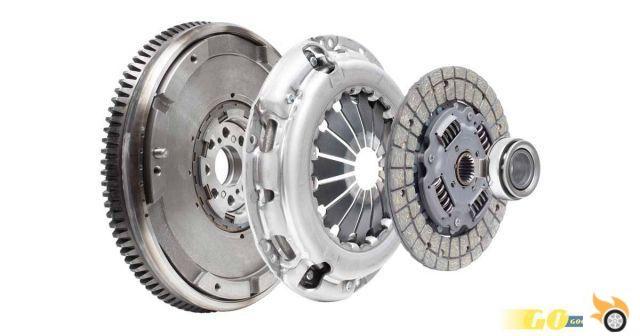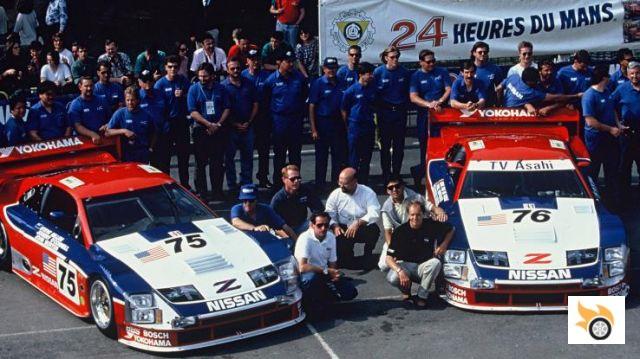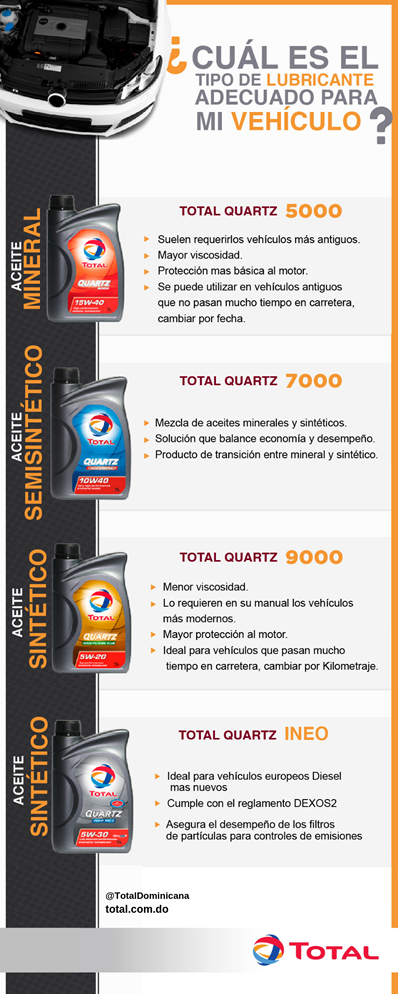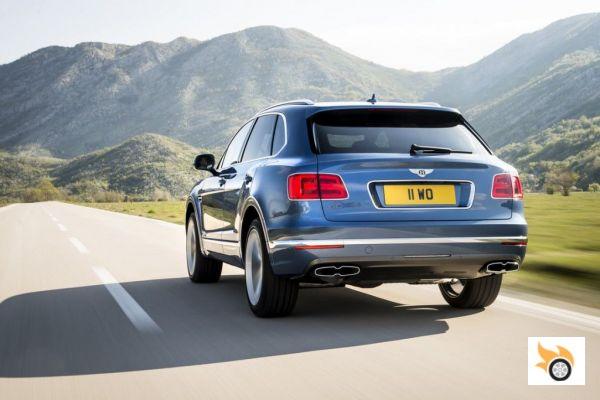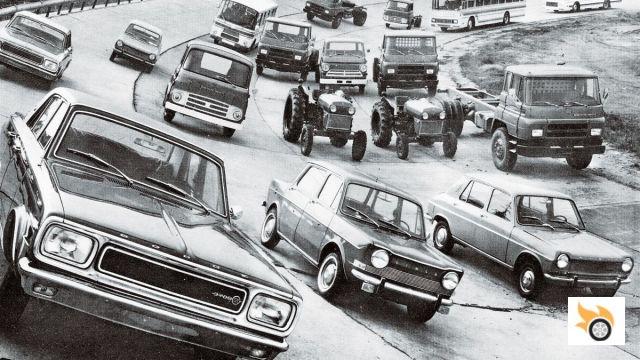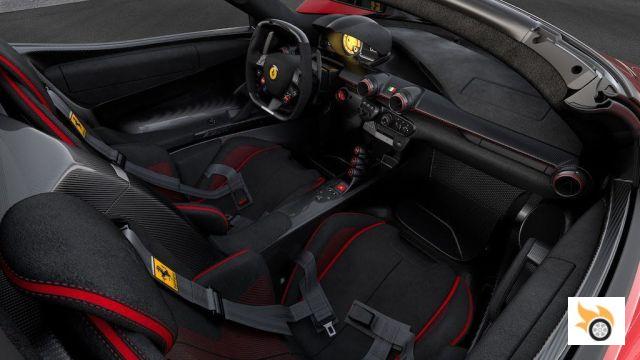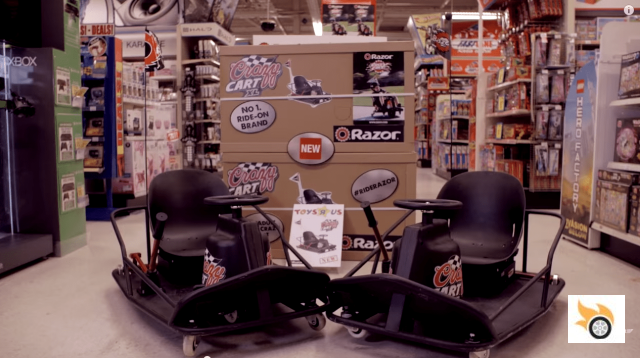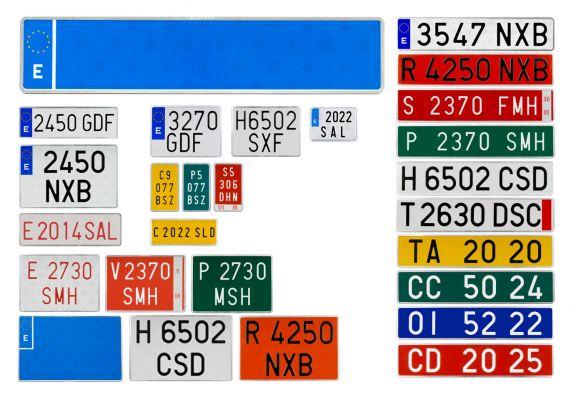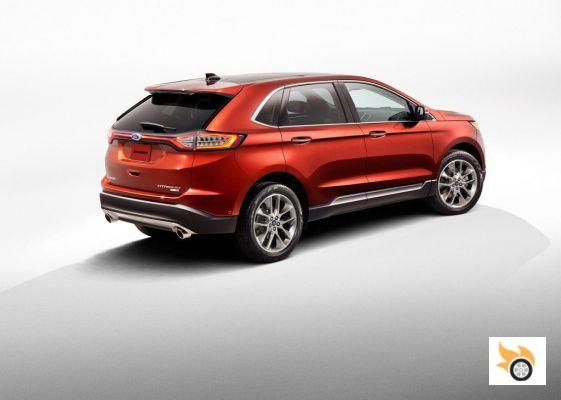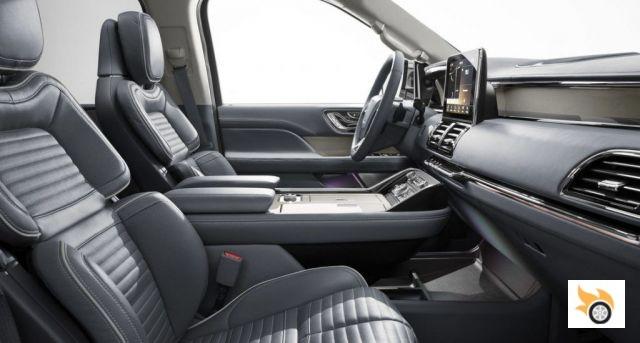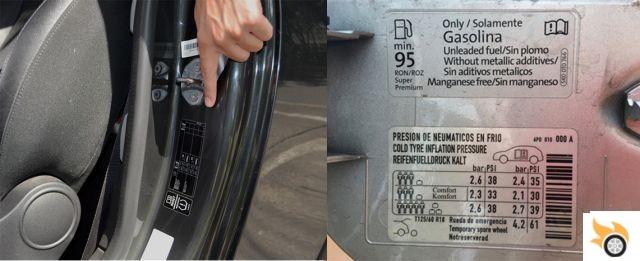
Proper tire pressure is a fundamental aspect to ensure the safety and performance of our vehicle. In this article, we will provide you with all the information you need to know the correct pressure for your tires, how to interpret the pressure tables, and we will resolve the question of whether it is better to have more tire pressure than recommended.
Why is proper tire pressure important?
Proper tire pressure is essential to ensure safe and efficient handling of our car. If your tires are underinflated, it can cause a number of problems, including uneven tread wear, poor road grip, increased fuel economy and even increased risk of a blowout.
How to know what is the correct tire pressure?
To find out what the correct tire pressure is for your car, the first thing you should do is consult the manufacturer's manual. In this document you will find all the necessary information, including the recommended pressure for each axle of the vehicle.
If you don't have access to the manufacturer's manual, you can also find this information on a label located on the inside of the driver's door or on the fuel cap. In case you cannot find it in any of these places, you can always turn to a professional in a mechanical workshop, who will be able to advise you properly.
How to interpret the tire pressure tables?
Tire pressure tables are a useful tool to find out what the right pressure is depending on the load we carry in the vehicle. These tables are usually available in the manufacturer's manual or on the official website of the brand.
To correctly interpret these tables, you must take into account the total weight that you will carry in the car, including passengers and cargo. Once you have this information, you can find the recommended pressure for each axle of the vehicle in the table.
Is it better to carry more tire pressure than recommended?
No, it is not recommended to carry more pressure in the tires than recommended. Although some people believe that this can improve vehicle performance, it can actually have negative consequences.
Too much pressure can cause premature tread wear, reduced road adhesion and increased risk of a blowout. In addition, it can also negatively affect driving comfort, since more inflated tires transmit more vibrations to the vehicle's passenger compartment.
Therefore, it is important to always respect the pressure recommended by the manufacturer, since it has been calculated taking into account various factors, such as the weight of the vehicle, the load and the type of tire.
Frequently Asked Questions (FAQs)
1. What happens if the tire pressure is too low?
If the tire pressure is too low, there is an increase in rolling resistance, which translates into higher fuel consumption. Also, tires get hotter than normal, which can lead to premature wear and an increased risk of a blowout.
2. When should I check the tire pressure?
It is recommended to check the tire pressure at least once a month, as well as before taking a long trip. It is also important to check the pressure when the tires are cold, that is, before you have traveled a considerable distance.
Conclusion
Proper tire pressure is a fundamental aspect to ensure the safety and performance of our vehicle. To find out what the correct pressure is, it is important to consult the manufacturer's manual or contact a professional in a mechanical workshop. In addition, it is important to always respect the recommended pressure, avoiding carrying more pressure on the wheels than recommended. Remember to check your tire pressure regularly to maintain safe and efficient driving of your car.
Until next time.




